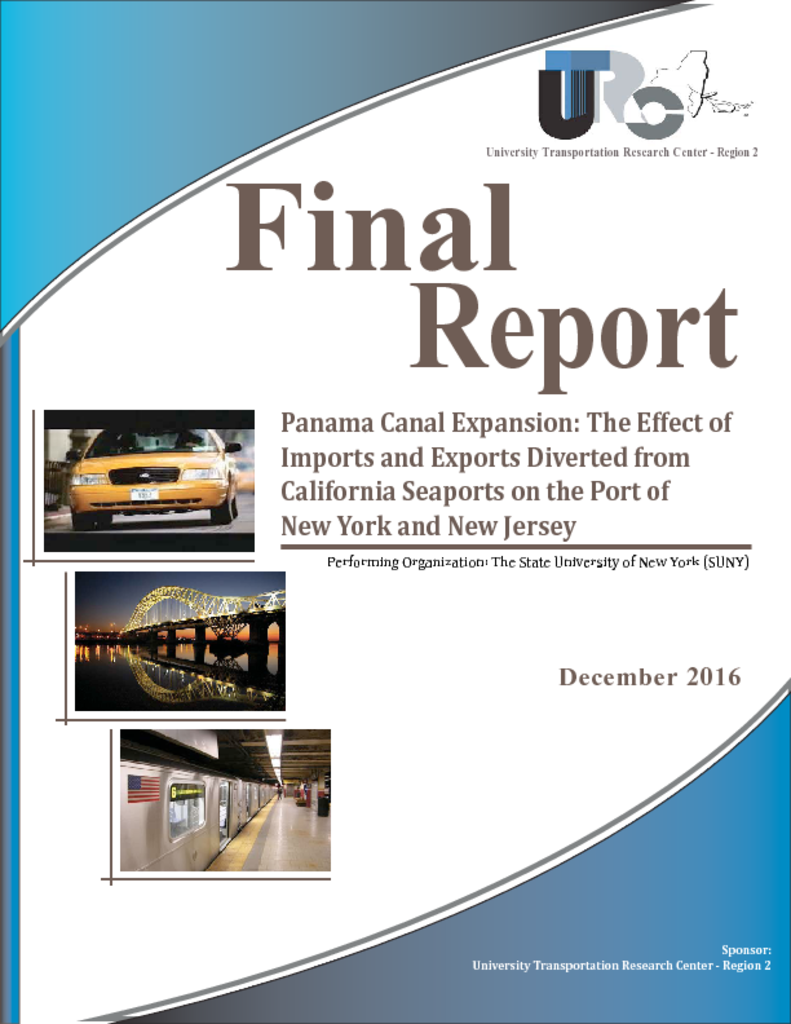In 2006, the Panama Canal Authority decided to expand the Canal by investing more than $5 billion to accommodate bigger vessels than now to traverse the current facility. Along with the Nicaragua Canal construction that is optimally expected to finish 2019 (Miller, 2014), the widening of the Panama Canal will allow larger tankers to be able to go directly to the East or Gulf of Mexico ports and bypass the West Coast ports where so many imports currently change modes to cross-continental trucks or rail. The West Coast ports will become less important while the freight shares of the East Coast and Gulf ports will increase. Hence, the Panama Canal expansion project is expected to impact U.S. water and ground freight transportation systems significantly (including cargo distribution, port development, U.S. supply chains, and logistics).




